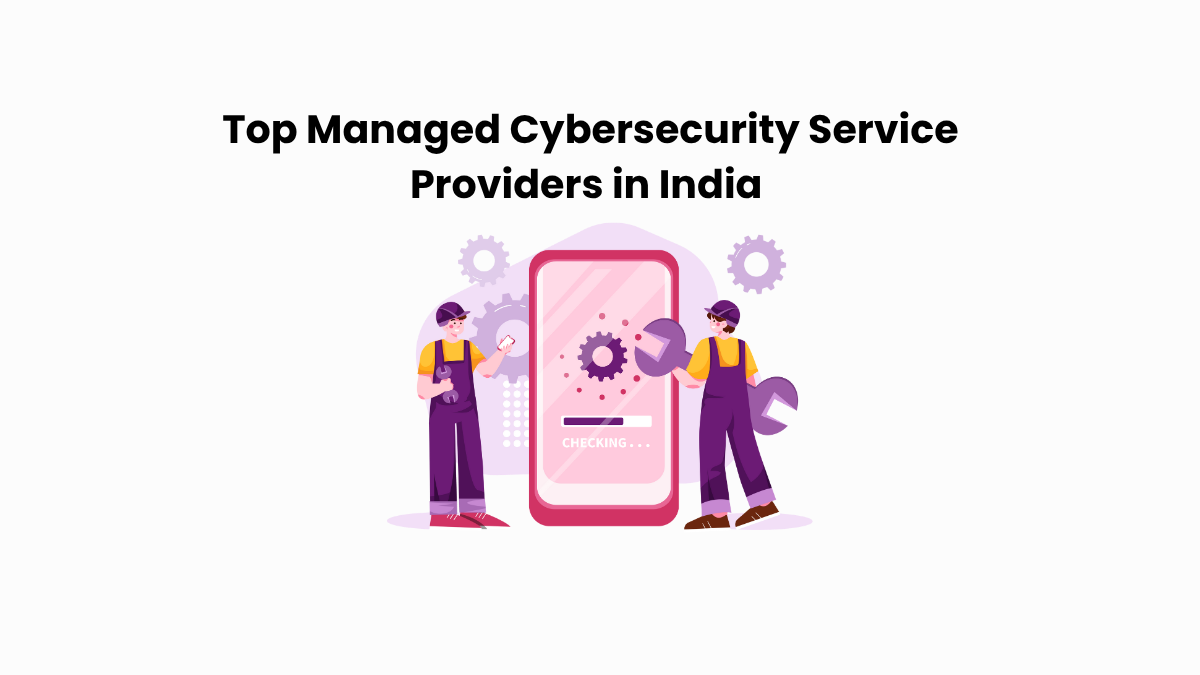On July 2, 2024, Cisco disclosed a serious command injection vulnerability in its NX-OS software, identified as CVE-2024-20399. This flaw could allow authenticated attackers with administrative privileges to execute arbitrary commands with root-level access, posing a significant risk to network security. This article provides a detailed analysis of CVE-2024-20399, its potential impacts, and effective mitigation strategies.
What is CVE-2024-20399?
CVE-2024-20399 is a command injection vulnerability in the Command Line Interface (CLI) of Cisco NX-OS software. The issue arises due to insufficient validation of arguments passed to specific configuration CLI commands. When exploited, an authenticated local attacker with administrative credentials can execute arbitrary commands as root on the underlying operating system.
Technical Details of CVE-2024-20399:
Vector and Severity
According to the National Vulnerability Database (NVD), the CVSS 3.1 score for this vulnerability is 6.7 (Medium), with the vector string CVSS:3.1/AV/AC/PR/UI/S/C/I/A. However, Cisco Systems, Inc. provides a slightly different CVSS score of 6.0 (Medium), with the vector string CVSS:3.1/AV/AC/PR/UI/S/C/I/A.
Root Cause
The vulnerability is due to improper neutralization of special elements used in an OS command (‘OS Command Injection’), categorized under CWE-78.
Potential Impact
System Impact
If successfully exploited, CVE-2024-20399 can lead to:
- Complete control over the affected device by attackers.
- Unauthorized access to sensitive data.
- Disruption of network operations, causing potential downtime and data breaches.
Broader Implications
While not currently known to be used in ransomware campaigns, the high level of access this vulnerability provides makes it a critical security concern. Organizations using Cisco NX-OS devices must prioritize addressing this vulnerability to mitigate risks effectively.
Mitigation Strategies
Vendor Recommendations
Cisco has provided specific recommendations to mitigate this vulnerability:
#1 Apply Patches: Ensure that the latest security patches are applied as per Cisco’s instructions.
#2 Configuration Changes: Follow additional configuration adjustments recommended by Cisco to enhance security.
Alternative Actions
If immediate application of patches is not feasible:
#1 Discontinue Use: Temporarily discontinue the use of affected products until a secure solution is implemented.
#2 Access Control: Restrict CLI access to trusted administrators only to minimize the risk of exploitation.
Best Practices for Network Security
Regular Updates and Patching
Regularly updating all network devices with the latest security patches is crucial to protect against known vulnerabilities. This proactive approach helps in maintaining a secure network environment.
Access Control Measures
Implement robust access control measures to limit access to critical systems and interfaces. Ensuring that only authorized personnel have administrative privileges reduces the risk of unauthorized access.
Monitoring and Detection
Deploy continuous monitoring and threat detection mechanisms to quickly identify and respond to suspicious activities. Utilizing intrusion detection systems (IDS) and security information and event management (SIEM) tools provides comprehensive security coverage.
Before We Go
CVE-2024-20399 represents a significant threat to Cisco NX-OS devices, potentially allowing attackers to execute commands with root privileges. Understanding this vulnerability and implementing the recommended mitigations are essential steps for organizations to protect their networks from potential exploitation.
Vigilance and proactive cybersecurity measures are key to safeguarding infrastructure.
For more insights and comprehensive cybersecurity solutions, contact our experts. Datacipher offers a range of cybersecurity services tailored to meet the unique needs of enterprises, helping them stay ahead of potential threats and ensuring the safety of digital assets.





